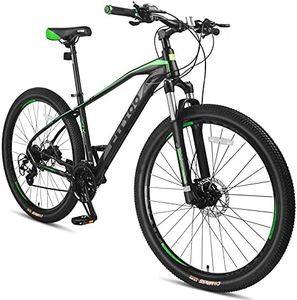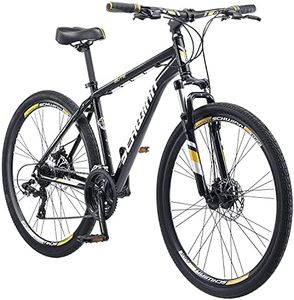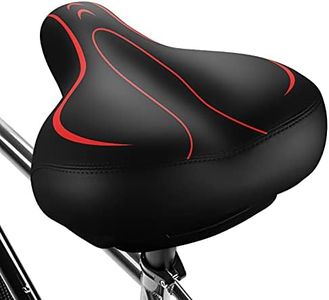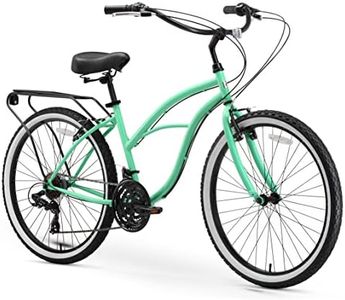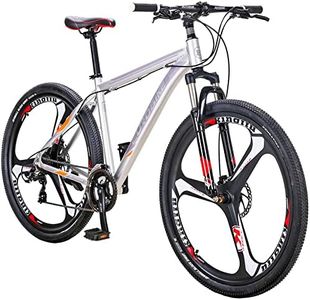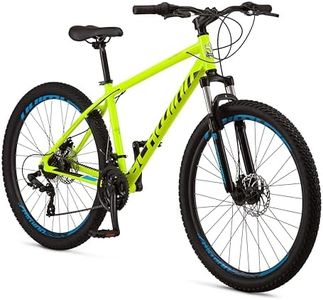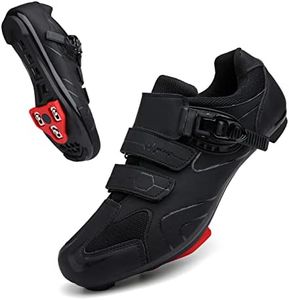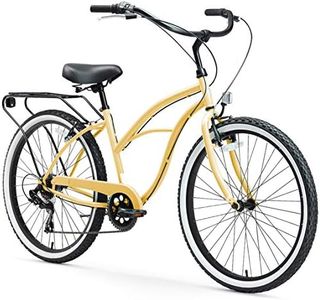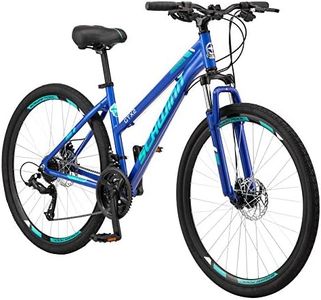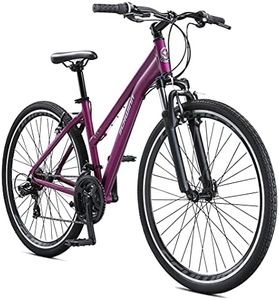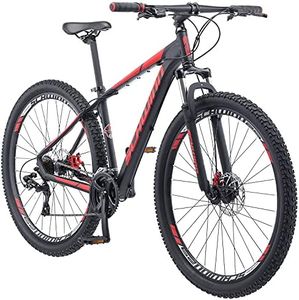We Use CookiesWe use cookies to enhance the security, performance,
functionality and for analytical and promotional activities. By continuing to browse this site you
are agreeing to our privacy policy
10 Best Bikes For Women
From leading brands and best sellers available on the web.Buying Guide for the Best Bikes For Women
Choosing the right bike can significantly improve your comfort, confidence, and enjoyment while cycling. It's important to remember that there are no 'women's bikes' in terms of strict definitions – but many bikes are designed to better fit female physiology, offering a more comfortable and ergonomic ride. When deciding which bike is best for you, consider your riding style, the terrain you’ll most often be on, and your fit preferences. Taking the time to look into key specifications and reflect on your needs will help inform a choice that suits your body and your cycling goals best.Frame Size and GeometryThe frame size is the measurement of the bike's main structure and determines how well the bike fits your body. Women's bikes may feature a shorter reach, lower standover height, and sometimes a slightly different frame shape for better ergonomics. This is important, as a properly fitting bike will be more comfortable and easier to handle. Sizes typically range from extra small to large, often based on your height and leg inseam. When picking a size, aim for one where you can comfortably stand over the frame and reach the handlebars and pedals with ease. Consider testing different sizes and geometries if possible to find what feels most natural.
Handlebar Width and ShapeHandlebar width affects how easy it is to control the bike and can impact comfort, especially on longer rides. Women’s bikes might offer narrower handlebars to match generally narrower shoulders. The shape can also vary, from flat bars for easy maneuvering (often on city or hybrid bikes) to dropped bars for more speed and aerodynamic positioning (on road bikes). To pick the right handlebar, think about your preferred riding position and shoulder width; choose a width that feels stable but not too wide, and a shape that matches your usual ride style.
Saddle DesignThe saddle is where you’ll spend much of your biking time, and comfort here is essential. Saddles on women’s bikes are often wider and shorter, providing more support to the sit bones. However, saddle comfort is highly personal. Consider what type of riding you’ll do: performance saddles are firmer and narrower for fast rides, while leisure saddles are softer and broader for comfort. Try different saddles if possible, or look for bikes that make it easy to swap saddles, so you can find one that suits your body best.
Suspension TypeSuspension helps absorb bumps and impacts from uneven surfaces, making rides smoother and less fatiguing. Bikes may come with no suspension, front suspension (hardtail), or both front and rear suspension (full suspension). For city and road riding, suspension is often unnecessary and adds weight, while off-road or mountain biking calls for more suspension for comfort and control. Decide based on where you’ll ride most: smooth roads need little or no suspension, while rough trails benefit from more extensive suspension setups.
Gearing OptionsGearing determines how easily you can pedal up hills or cycle at high speeds. Bikes come with different numbers of gears and gear ratios. More gears offer a wider range for varied terrain, but can add complexity. Fewer gears mean simpler operation and maintenance but may limit your options on steep climbs. If you plan to ride in hilly areas, look for more gears; for flatter city rides, a single-speed or fewer gears might be enough. Reflect on your local terrain and how much you value simplicity versus versatility.
Wheel SizeWheel size affects how the bike rolls over obstacles, accelerates, and fits the rider. Common sizes include 26-inch, 27.5-inch, and 29-inch for mountain bikes, and 700c for most road and hybrid bikes. Smaller wheels may suit shorter riders or those wanting more agility, while larger wheels roll more efficiently over bumps and uneven ground. Consider your height, leg length, and preferred ride style to find a size that offers good control and comfort.
WeightThe overall weight of the bike can make a difference, especially if you need to carry it, climb hills, or accelerate quickly. Lightweight bikes are easier to handle, especially for petite riders, but may cost more due to advanced materials like aluminum or carbon fiber. If you'll be lifting or transporting your bike, or if you plan to ride longer distances, aim for a lighter bike that doesn't compromise durability.

